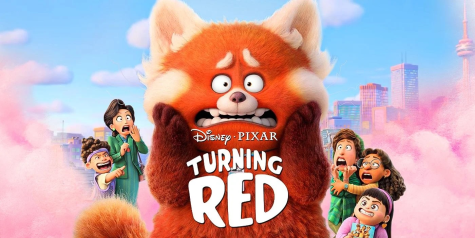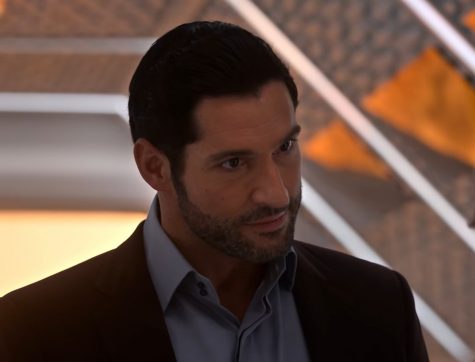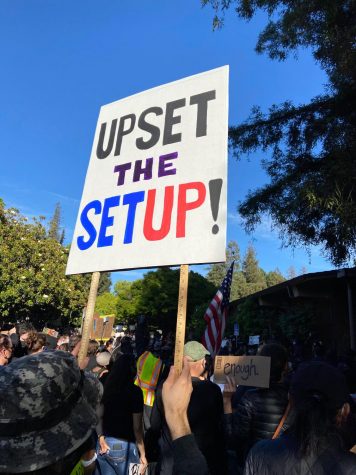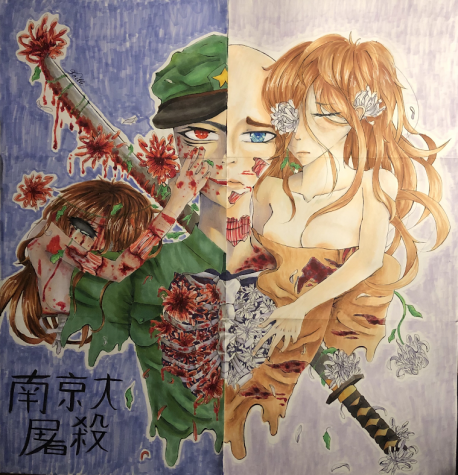The Gulag diaries
I chose to write these diaries because 18 Million people went through the Gulags, a system of mines, lumber yards, railroads, all made to financially support the USSR. An estimated 1.5 Million died. My great grandfather was one of them. Both the Holocaust and the Gulags were genocides commited at an unimaginable scale. However, unlike the Holocaust, people are less familiar with Gulags with results in many facts about them being censored and distorted.
April 25 1938:
We thought that we would be left alone after our land was taken away, back in 1929. First came the land, then came the livestock. We thought that it would all be over. Then came the Great Purge. We kept our heads down For over two years. For over two years we bought the communist newspapers. For two years we attended the meetings of the so-called “people”.
April 26 1938:
The next day during breakfast the NKVD came to our house. They picked me up, a farmer, and without a fight, I went. There were eight of them, all in the brown uniform that I would become so used to knowing. The red stars, glistening in the morning sun. They said that I was a dissenter and that I was going to pay for my crimes against the Union. What types of crimes would a farmer, Yura do? That is how I left my family. I thought that this was some sort of a misunderstanding, but little did I know that I would have to survive more than just a car trip to the local jail. The next day I was placed on a train, filled with 20-30 men, like cattle we were taken away.
May 1 1938:
We traveled North. How far North nobody knew, but it was getting colder. Through the cracks, we could see the frigid tundra. A wasteless void of any inhabitants. The sun would stay up longer. We had heard rumors of disappearances but we never thought that they would have been on such a large scale. We hoped that we would be spared. Yet here we were. On a train to nowhere.
May 5 1938:
On a frigid morning, the train came to a stop. As we exited the train car, the old and the weak who had died along the way fell among us like flies but we continued to walk. The green leaves crunched under my feet, frozen to death. Little did I know that where we were going there would be no leaves. Not even brown ones. As we walked by, rumors began to spread. All that we knew was that we were in Magadan. A town built in 1930 for the rich resource of the region, and for us, an expandable resource of the union.
July 15 1938:
I have spent over a month working in the mines and not a single day goes by without an accident. I have made a few friends, other farmers whose lives were ripped away from them, and were forced to live this nightmare. His name was Vlad. He was e from the same region and just like me, he did not get a trial. He had survived the winter but then again, the saying does go: in Kolyma, there are 12 months of winter and the rest is summer. The permafrost does melt slightly during the summer but this leaves us with a swamp since the water cannot escape the ice solid earth below it.
November 13 1938:
The first real day of winter came. The temperature was below 40 degrees celsius but this did not stop work even though the guidelines state that if the temperature is below 30, we will not work. During the storms, you cannot see 20 centimeters in front of you and we have to walk through hip-deep snow. We even say that the mile to the mine is more treacherous than the mine itself. Men who let go of the rope are only found when the ice thaws. The going is hard on its own. There are shards of ice as sharp as knives. After arriving at the mine, we have bloody fingers from the ice. Then we play a deadly game of dice with the mountains. Will a lift fail? Will a cave-in happen? Or will you go blind from the deadly fumes? Nobody knows. We did not have the proper safety equipment nor machinery but still we would chop the rock endlessly.
December 27 1938:
There is always a group of men walking to the mines who do not return. They are the ones who are only skin and bones. They make the people closer to life feel as if they are in a funeral procession. They are the ones who are forgotten and left behind. That is when I started to think. We knew that correction camps existed but in reality, were they of any use? Correction is something that should improve you while labor should make you feel proud. But a camp? A camp is not a prison in a wasteland. So then why are we here, since we were not being re-educated? We are being starved, frozen, and ultimately exterminated. I sometimes look up at the red flag. From early on I was drilled into that the red stands for the communist party. While the hammer and sickle stand for unifying the workers. Then I realized that the red stands for blood. Blood of innocent men like me of which the communist party prospers. Blood is placed in the mines, the forests, the wars, while gold, silver, and bronze are all shipped out. But the tools. The tools? They are how we die. They were never meant to unify the people. They were meant to discourage and to enslave us. That is how the communist party works. And death? That is the only escape from it.
February 3 1939:
This is Vlad. They worked for us for 16 hours that day. Two more than usual. As we walked back, a blizzard hit. This was a normal occurrence and we were following the rope that was the only marker in a white world. I could not see the man in front of me. Yura was behind me and he must have let go of the rope. I arrived at our barracks. He did not. The next day I discovered him frozen, only 20 feet from the main gates of the camp. I am truly sorry, there was nothing that I could do.
18 Million people went through the Gulags, a system of mines, lumber yards, railroads, all made to financially support the USSR. An estimated 1.5 Million died. My great grandfather was one of them. Both the Holocaust and the Gulags were genocides commited at an unimaginable scale. However, unlike the Holocaust, people are less familiar with Gulags with results in many facts about them being censored and distorted.










